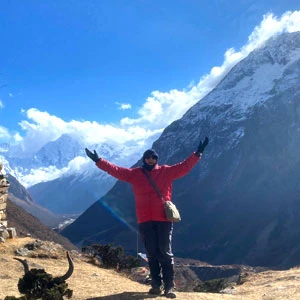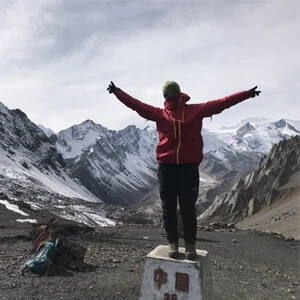Kanchenjunga Circuit Trek
In the far east of Nepal, bordering the Indian state of Sikkim, lies the world's third-highest mountain, Kanchenjunga (8,586 meters), standing in almost complete isolation from the other major peaks of the Himalayas.
Kanchenjunga was a restricted area and has only been open for exploration since 1988 — the Kanchenjunga Circuit Trek is now considered among the premier routes for those seeking a rarely traveled and highly challenging adventure through one of Nepal's last unspoiled wilderness regions.
While trekking through Kanchenjunga Circuit, you may notice elusive snow leopards, the Himalayan black bear, and the Assamese macaque. Along the way, you also witness towering peaks, cascading waterfalls, and rhododendron and bamboo forest.
On the Kanchenjunga circuit trails, you will also notice the sparse population scattered throughout the mountains is made up of the warm-hearted Rai and Limbu people. Their culture traces back to Tibetan origins — they have a unique belief system based on an amalgamation of Buddhist, Hindu, and animist principles.
Starting with a flight to Bhadrapur, you will drive to Taplejung and enter the Kanchenjunga Conservation Areas of eastern Nepal. The trek to Kanchenjunga Circuit climbs through the scenic and cultivated foothills into the great mountains Rathong, Kumbhakarna, Jannu. Besides, you will witness the majestic scenery en route to Kanchenjunga North Base Camp (5,143 meters).
The Kanchenjunga round trek was previously only possible through the considerable effort of carrying food and camping equipment. However, with the advent of tea houses along the trail, it has become much easier to trek along the circuit.
The Kanchenjunga circuit trek is a journey for the trekkers with a desire to explore less traveled trails , and wants to tackle the challenges of a physically demanding route through one of Nepal's most remote regions.
Choose Nepal Trekking Experts for Kanchenjunga circuit trek, with a well-planned 22 days itinerary — it lets you explore the Kanchenjunga region from its North base camp to South base camp, crossing the high Sele La Pass.
Kanchenjunga Circuit Trekking Difficulty
The difficulty of Kanchenjunga circuit trek depends on who is asking the question. If you are physically healthy and strongly desire to accomplish something exceptional, the trek is for you. The Kanchenjunga round trek is one of the most difficult high-altitude trekking in Nepal.
You must cross 4,000-5,000-meter passes and climb for several days along remote high-altitude trails, with the highest point reaching 5,143 meters — you may have altitude sickness if you do not properly acclimatize.
The kanchenjunga circuit trails can be deceptive at times, especially when covered with snow. You will typically be trekking for 10-12 days, excluding the acclimatization day, drive days, time spent in Kathmandu.
There are multiple challenging ascents and descents, and the difficulty appears to double as the elevation increases with the thinning air.
Best Time for Kanchenjunga Circuit Trek
The best time to trek to Kanchenjunga Base Camp is during spring and autumn. These seasons offer favorable trekking conditions with clear skies and stable weather patterns which enhances the breathtaking views of the Kanchenjunga massif and its surrounding peaks.
During Spring (March to May), the region has a moderate temperature — the lower fields are filled with lush greenery with blooming rhododendrons and vibrant alpine flowers.
Similarly, Autumn (September to November) offers unparalleled visibility of the majestic mountain ranges with mild temperature conditions.
During Spring and Autumn, the trails are dry with a higher possibility of seeing wildfires including red panda and snow leopard.
Best Time for Kanchenjunga Trek in Nepal.
Spring (March to May) | Moderate temperatures, blooming rhododendrons, and lush greenery. |
Autumn (September to November) | Clear skies, mild temperatures, and spectacular mountain views. |
When Should You Not Go to Kanchenjunga Circuit?
Nepal Trekking Experts does not recommend you to go on a Kanchenjunga circuit trek during winter and monsoon. Since the trek consists of multiple challenging segments with steep ascents, rugged trails, and long walking duration, the journey from the Kanchenjunga North to Kanchenjunga South gets tough due to unpredictable weather conditions.
Winter (December to February): Heavy snowfall, icy trails, and potential route blockages.
Monsoon (June to August): Slippery trails, landslides, and limited visibility.
Permits Required Kanchenjunga Circuit Trekking
To enter the restricted Kanchenjunga region, you must have a minimum of two people in your group (contact us to join a group), two permits per person, and a trek with a government-licensed guide.
The Kanchenjunga Conservation Area Project Entry Permit (KCAP) costs 2000 Nepali rupees per person with no time restrictions.
Restricted Area Entry Permit (RAP) for Tapethok and Yamphuding costs 20 USD per person, per week.
Nepal Trekking Experts will arrange all the permits for your Kanchenjunga circuit trek — all permit fees are included in your package.
Book Kanchenjunga Circuit Trek with Nepal Trekking Experts
Nepal Trekking Experts delivers an unforgettable trekking experience throughout your Kanchenjunga circuit trek.
Booking your trek with us is very easy. You pay a 10% deposit of the total trek cost to confirm your booking. You can make your payment online through our website. Once completed, you will receive a receipt in your inbox.
Send us the following documents:
A scanned copy of your passport
A passport-sized photo
Your flight details (if available)
The rest of the payment can be made upon your arrival in Nepal. If you have any questions or need assistance, feel free to contact us anytime.



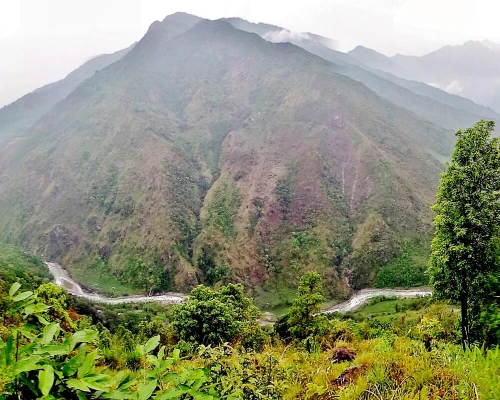
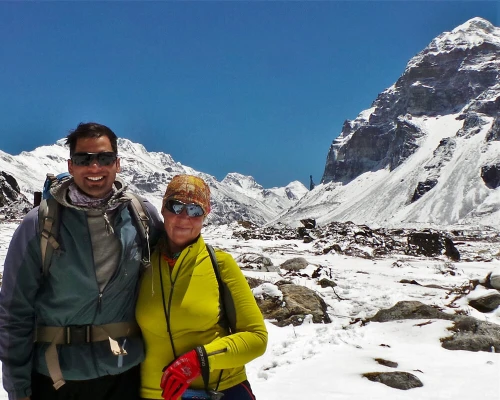
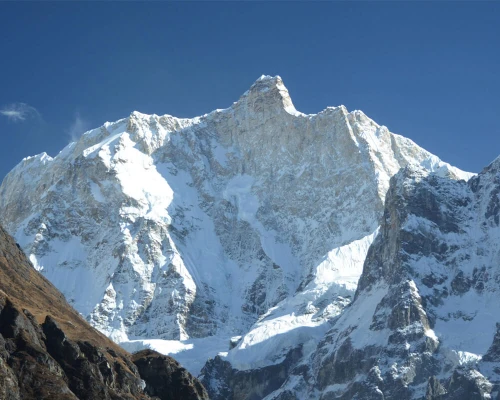
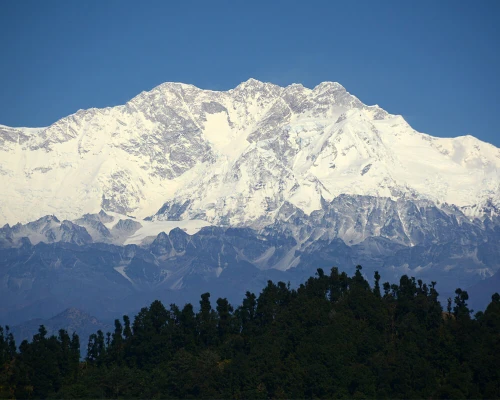
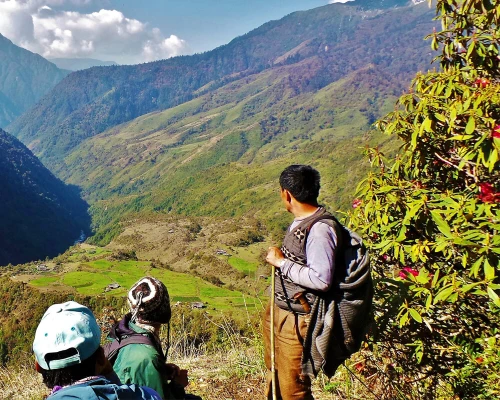

 based on 1 review
based on 1 review



